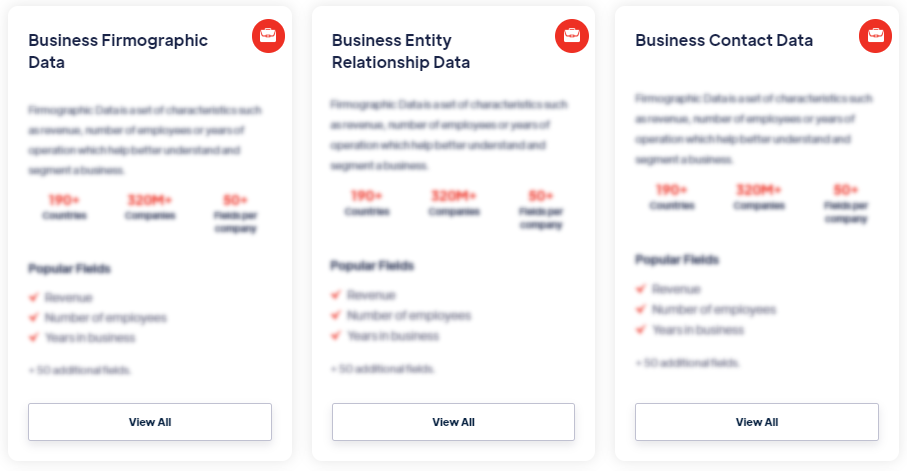Best
Home Energy Consumption Data
Products
Home Energy Consumption Data refers to the collection of information about the energy usage patterns and consumption levels within residential households. It includes data on electricity, gas, water, and other energy sources utilized by households for various purposes. Read more
Our Data Integrations


Request Data Sample for
Home Energy Consumption Data

Browse the Data Marketplace

Frequently Asked Questions
1. What is Home Energy Consumption Data?
Home Energy Consumption Data refers to the collection of
information about the energy usage patterns and consumption
levels within residential households. It includes data on
electricity, gas, water, and other energy sources utilized by
households for various purposes.
2. How is Home Energy Consumption Data collected?
Home Energy Consumption Data can be collected through smart
meters, utility bills, surveys, and home energy monitoring
systems. Smart meters provide real-time or interval data on
energy usage, while utility bills provide historical data based
on monthly or bimonthly readings. Surveys and monitoring systems
collect self-reported or sensor-based data on energy
consumption.
3. What are the key variables in Home Energy Consumption
Data?
Key variables in Home Energy Consumption Data include
electricity usage (in kilowatt-hours), gas usage (in cubic
meters or therms), water usage (in gallons or liters), peak
demand levels, time of usage, and energy efficiency ratings of
appliances. Other variables may include household size, climate
zone, dwelling characteristics, and socio-demographic factors.
4. What is the granularity of Home Energy Consumption
Data?
The granularity of Home Energy Consumption Data can vary
depending on the data source and collection method. It can range
from hourly or daily measurements from smart meters to monthly
or yearly aggregated values from utility bills. Granularity
affects the level of detail and temporal resolution available
for energy analysis.
5. How is Home Energy Consumption Data analyzed?
Home Energy Consumption Data is analyzed using statistical
techniques, data visualization methods, and energy modeling
approaches. Analysis helps identify energy usage patterns, peak
demand periods, energy-saving opportunities, appliance
efficiency, and the impact of conservation measures. It can also
support load forecasting, energy management strategies, and
policy development.
6. What are the challenges with Home Energy Consumption
Data?
Challenges associated with Home Energy Consumption Data include
data privacy concerns, data availability and access, data
accuracy and reliability, data integration from multiple
sources, and the need for standardized formats and protocols.
Additionally, analyzing the data within the context of external
factors such as weather patterns and occupancy patterns can be
challenging.
7. What are the applications of Home Energy Consumption
Data?
Home Energy Consumption Data has various applications. It can
help households understand their energy usage, identify
energy-saving opportunities, and make informed decisions about
energy conservation. Energy providers can use the data for
demand forecasting, load management, and infrastructure
planning. Policy-makers can utilize the data for energy
efficiency programs, renewable energy incentives, and
environmental impact assessments.
